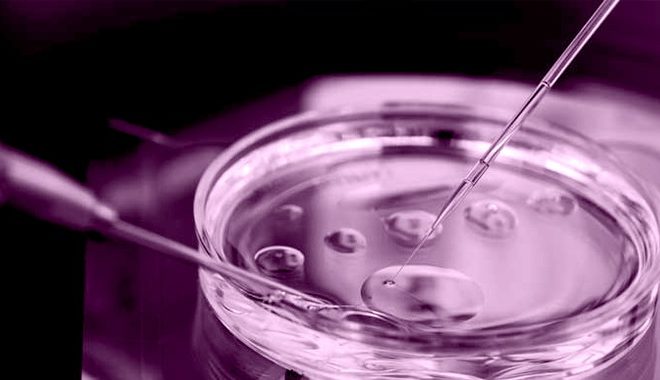Why practical training is essential for clinical courses?
Various abilities and skills are required to accomplish exclusive expectations in the field of medical procedure and surgery, including quantifiable ones. For example, the sound base of information, the dominance of basic leadership, great relational abilities, and those, that are increasingly hard to survey, for example, practical training and mastery. Such abilities must be accomplished by educating and experience.
Challenges in Practical Training
Surgical training is experiencing a change in perspective, in view of mechanical advances in medicinal services. The conventional model of obtaining surgical training in the working room on patients is never again satisfactory. Sadly, it is hard to pick up involvement without genuine circumstances, yet there are moral worries to rehearse new abilities on patients at any degree of preparing. Simulation in surgical training has as of late picked up a significant job. The new methodology depends on low-fidelity bench models, living and non-living creature models (biopreparates, biomodels), virtual reality high-constancy models and human execution test systems. The key point is that students can secure the fundamental functional learning under safe conditions, without hazard, with the upsides of diminished stress and the capacity to endure and address performance blunders.
With the tightening of animal protection enactment norms, it is progressively hard to legitimize the utilization of living animal models. Besides, the training in live creatures and human corpses is related to taking a chance with the patient of contaminations, the requirement for specific offices and moral and lawful issues. So bench models (lifeless models, for example, porcine leg, chicken leg, manufactured proficient plastic skin cushion) assume an expanding job since they can adequately supplant certain mediations in living tissue.
One of the most significant criteria of a model is to build up the pertinent mastery and abilities (e.g., entry point strategies, suturing). Besides, it must be viably appropriate, institutionalized and reproducible to test the particular procedure before performing it on living tissue. Accordingly, the training time frame will be shorter, the instruction progressively effective, the presentation of the mediation better. All things considered, the dominance of functional aptitudes is valuable both to future specialists and their patients. Nevertheless, plastic training models are a long way from the real world, they have a few points of interest, for example, minimal pricing, conveyability, probability of solo use and recyclability, which empowers boundless measure of practice9. There are likewise cadaveric animal models, supposed ‘biomodels’ accessible that are nearer to the real world. The utilization of them gives chance to learn, practice and refine in situ preparative occupations, systems and developments. In our teaching program, plastic and biomodels are utilized during “Essential Surgical Techniques” training and during the successive elective courses for teaching suturing and knotting systems.
For the wellbeing of patients, the appropriate suturing system is fundamental, along these lines sound instructing of the strategy is of vital significance in the medical procedure i.e surgery. The nature of the stitch is a key factor. Suture material, needle, needle holder and the specialist together structure a dynamic unit and if any ‘segment’ does not work appropriately, the outcome is deficient and the careful security is disabled. Devices or instruments can be described by target parameters, while the specialist must be assessed by the consequence of his movement. In the process, the mistakes and deformities can be watched and dispensed with that adds to better surgical safety. However, it is hard to be objective. With our work, we needed to give information concerning comparable investigations.
Experimentation
During the examination, we followed up the development of undergraduate medical students in taking a line in two distinctive sort of models (Synthetic and biomodel), at two unique scenes (study hall and working room), during the essential and the back to back cutting edge elective course. We additionally attempted to discover any distinction in their presentation with respect to sex, handedness, earlier recreational exercises and exceptional enthusiasm for the medical procedure.
The ultimate result of this experiment was that practical training is quite essential in the field of medical sciences and when it comes to handling and bringing out new life into this world, it becomes even more crucial. In studies related to embryology and reproduction, practical training is what counts at the end. The quality and performance of the students attending practical sessions were quite high than the students who simply attended classroom sessions.
Related Posts
Leave a Reply Cancel reply
Recent Posts
- Pre-implantation Genetic Testing April 30, 2021
- Things You Should Know About Pursuing a Career in Embryology January 20, 2021




